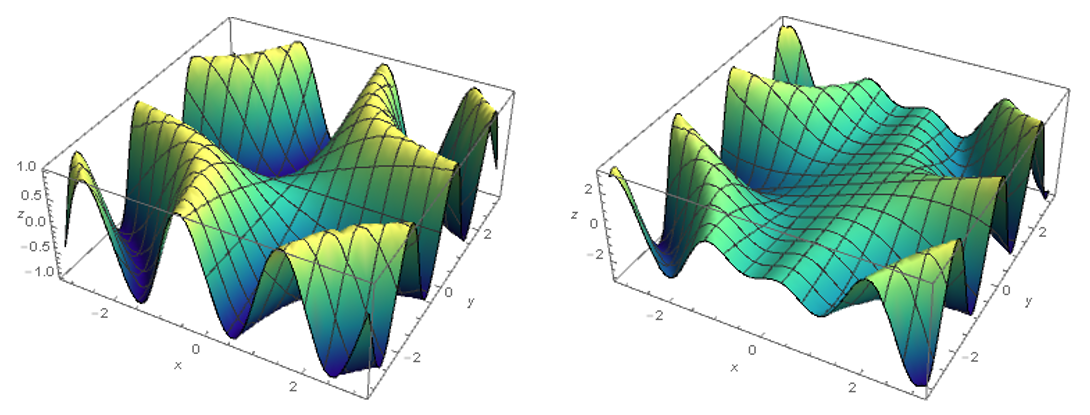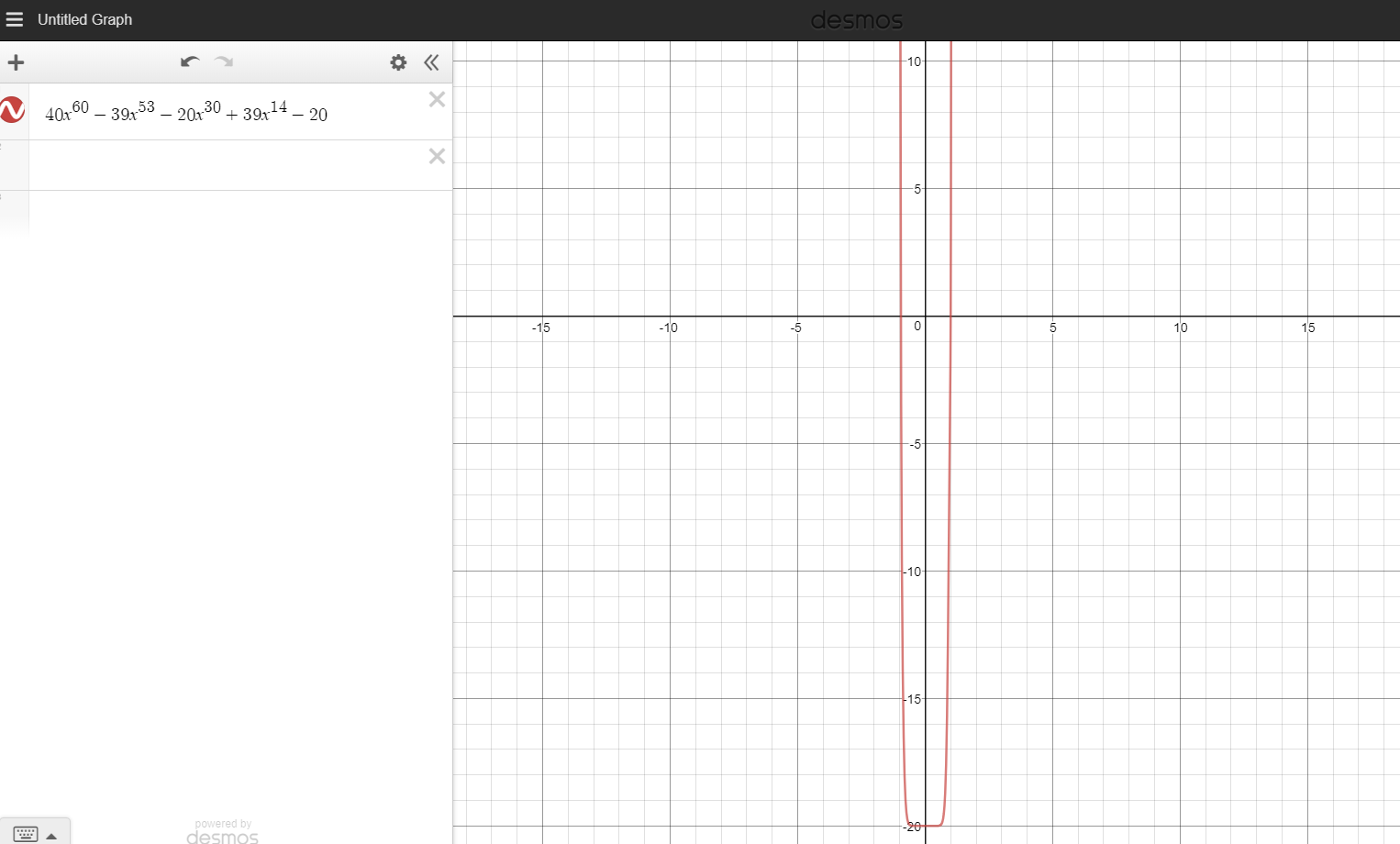REVIEW!!
Oh wait, wrong post.
I decided to start preparing for college contests by now, so I tried solving problems from such Maths contests. The first problem comes from the Imperial Mathematics Competition. At first, I didn't know how to solve it, and I told my good friend and classmate Dan about it. When he came up with a solution, I decided that I would solve it, too, and here's the proof I came up with. But first, the problem itself:
Let us presume that we use k>1 colors to color the lattice points of the plane. Is it true that there will always be a rectangle with vertices of the same color?
Solution:
Yes, it is true. In fact, the problem came as a two-parter: the first part of the problem asked you to prove this for k=2. Since this part proves the problem, I decided that I'd only discuss this one.
The proof is rather short, and I was surprised to see that. Due to the countability of the set of integer numbers, we can find, on a horizontal axis we shall call \(d_1\), an infinity of points of a certain color, \(c_1\). We shall now look on another axis, \(d_2\), but directly above the infinity of points of color \(c_1\). Since the infinity of points of color \(c_1\) is countable, with cardinal Aleph Null (I can't find the symbol for this one), we can take another infinity of points directly above these on \(d_2\) so that these new points have color \(c_2\). If \(c_2\) is the same as \(c_1\), then the problem is solved. Let us presume that they are different. If they are different, we can apply the same procedure for a certain \(c_3\) and \(d_3\), and, inductively, for a color \(c_{k+1}\) and \(d_{k+1}\). However, since there are only k colors, \(c_{k+1}\) will be the same as a certain \(c_i\), and, since the points on \(d_{k+1}\) are directly above those on \(d_i\), we will obtain an infinity of rectangles with vertices of the same color.
I found this proof rather interesting, because I was expecting it to be solvable by some sort of weird configuration when I first saw it. But this argument that I presented is way more beautiful, because it not only proves that there is one such rectangle, but rather proves that there is an infinity of such rectangles.
The second problem comes from the Traian Lalescu contest, the University-wide phase from the Universitatea Politehnica from Bucharest, and it's also in a Gazeta Matematica. One of my good friends who attended the contest showed me this problem, and I solved it using Taylor series. It was a bit tricky at parts, so I hope the solution is correct.
Let \(f:(0,\infty)->ℝ\) a derivable function and F one of its primitives. Prove that, if f' is bounded and \(\lim_{x\to\infty} F(x)=0\), then \(\lim_{x\to\infty} f(x)=0\).
Solution:
We shall prove this using Taylor series. For a certain \(x\) and a certain \(h\), we have that \(F(x+h)=F(x)+hf(x)+\frac {h^2}{2} f'(x)\). By taking \(x\) towards infinity, we get that \(\lim_{x\to\infty} hf(x)+\frac {h^2}{2}f'(x)=0\), so \(\lim_{x\to\infty} f(x)+\frac{h}{2}f'(x)=0\). This works for every h. Now we only have to deal with h, so we make it go towards 0. In order to prove that this method works (this is the part I'm not necessarily so sure about). Let us take \(h_n=\frac{1}{n}\). Since \(\lim_{x\to\infty} f(x)+\frac{1}{2n} f'(x)=0\), after a certain ε, every value of said function will be smaller in modulus than a certain Δ, so \(-Δ<f(x)+\frac{1}{2n}f'(x)<Δ\). But, we have that \(-M<f'(x)<M\), so \(-Δ<f(x)+\frac{1}{2n}M\), which implies that \(-Δ-\frac{1}{2n}M<f(x)<Δ+\frac{1}{2n}M\), by the same procedure. Since Δ and \(n\) can be taken as small as possible, we get, of course, that f tends to 0.
I wasn't really certain about the last part, that's why I wrote it with epsilon and delta. I believe that a simple commutation of limits would have been enough, but I wanted to make sure.
Anyways, this has been it for today, folks. Tune in next time for either a complex number problem, an integral that I found on a shortlist, or something completely random!
Cris.
P.S: As you may know, I am a memer, and one of the greatest meme wars recently has been the Pewdiepie vs T-series war. It would be silly of me not to do my part, especially now, when the subscriber gap is getting smaller...

